NASA unveiled the completely restored Apollo Mission Control, brought back to the way it looked 50 years ago when Neil Armstrong and Buzz Aldrin landed on the moon in Apollo 11. Flight Director Gene Kranz showed NBC’s Tom Costello around and reflected on the historic day.
Category: space – Page 887
NASA Remembers Legendary Flight Director Chris Kraft
Today, we remember the life and legacy of Chris Kraft who joined our Space Task Group in 1958 as our first flight director with responsibilities that immersed him in mission procedures and challenging operational issues. He personally invented new mission planning and control processes. More on his contributions: https://go.nasa.gov/2M7PfLU
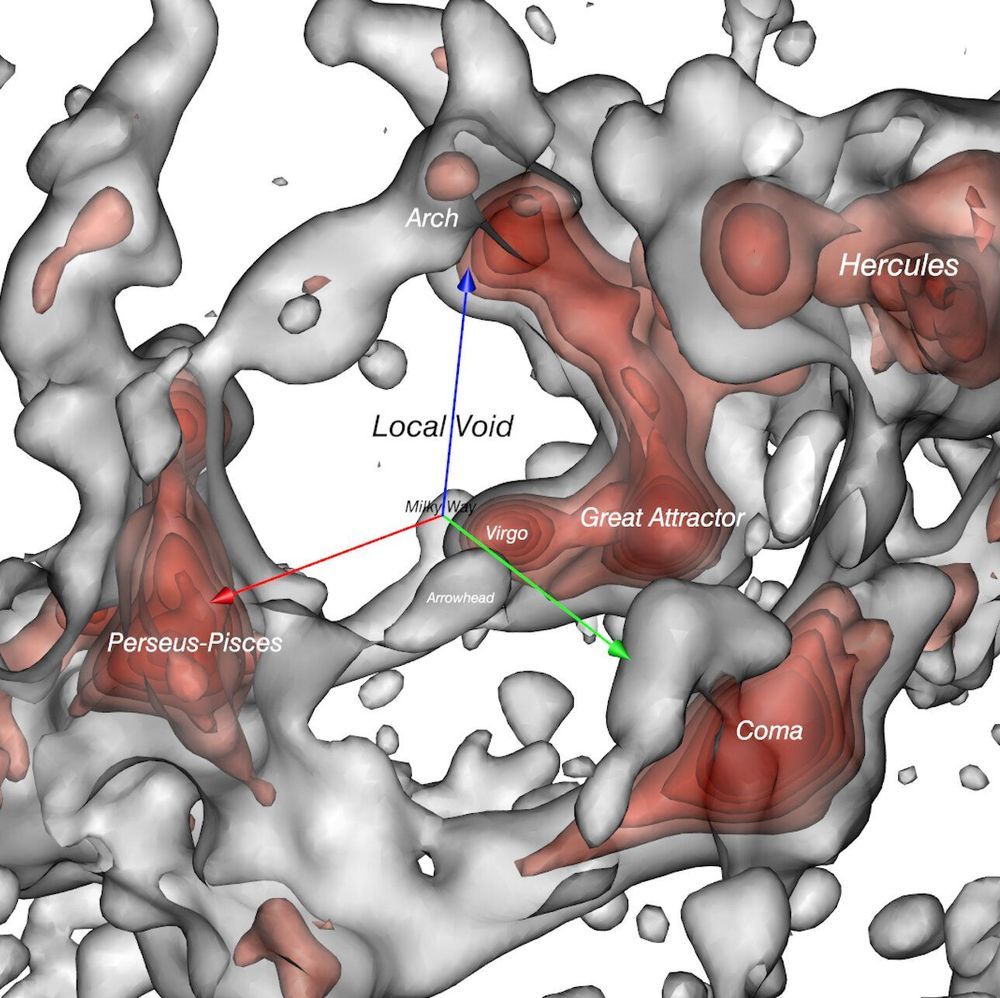
Astronomers map vast void in our cosmic neighborhood
The universe is a tapestry of galaxy congregations and vast voids. In a new study being reported in The Astrophysical Journal, Brent Tully’s team applies the same tools from an earlier study to map the size and shape of an extensive empty region they called the Local Void that borders the Milky Way galaxy. Using the observations of galaxy motions, they infer the distribution of mass responsible for that motion, and construct three-dimensional maps of our local Universe.
Galaxies not only move with the overall expansion of the universe, they also respond to the gravitational tug of their neighbors and regions with a lot of mass. As a consequence, they are moving towards the densest areas and away from regions with little mass—the voids.
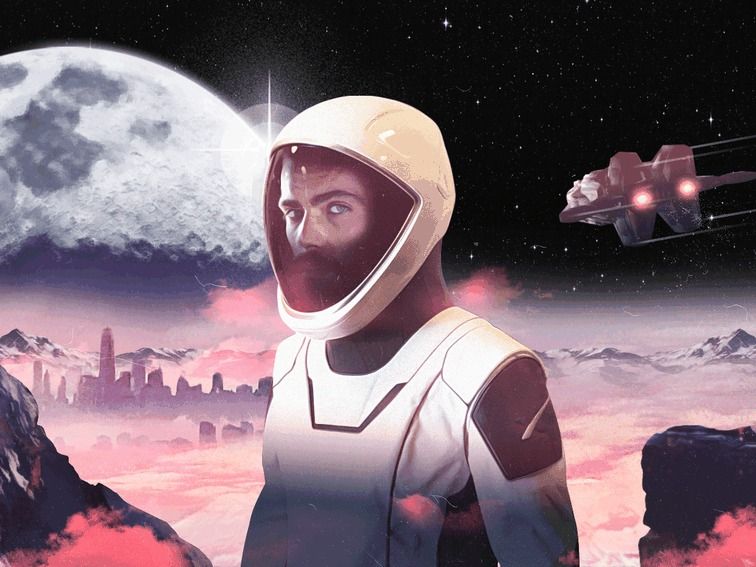
One small step: What will the moon look like in 50 years?
The immediate future of the moon will see us build on those first steps taken in July 1969. We’ll send more robotic landers and rovers to conduct experiments on our behalf. China already has another Chang’e mission planned for this year and India, too, will look to land on the surface before the end of the year. In our stead, the robots will search for water and explore the lunar highlands for the resources necessary to establish a more permanent presence.
Looking further ahead, we’ll prepare to truly colonize the moon. We’ll mine the sublunar layers and smelt its rock for metals and oxygen. We’ll live at its poles, erecting inflatable shelters, communications centers and laboratories, and performing experiments not possible from the surface of the Earth. Eventually, we’ll depart for further into the cosmos and find our way to Mars.
But it starts with the moon.
History’s Greatest Adventure: 07/19/2019
Our #Apollo50th anniversary of the Moon landing is being celebrated in a different kind of way on the International Space Station: By welcoming three new crew members on board, including NASA Astronaut Andrew Morgan. All this and more on the latest episode of NASA’s Space to Ground:
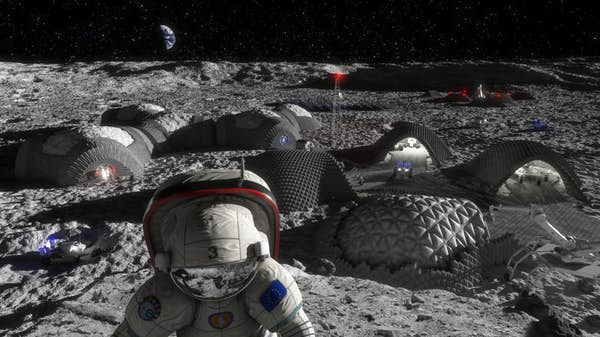
Lunar bricks could keep Moon colonists warm and generate electricity
Space engineers have long considered lunar soil as locally available material for building outposts on the Moon, and now ESA researchers are considering it as a means to store energy. The Discovery & Preparation study by the agency and Azimut Space aims to determine how the lunar regolith can soak up solar energy during the day, then use it to generate electricity during the 14-day night and protect equipment against freezing.
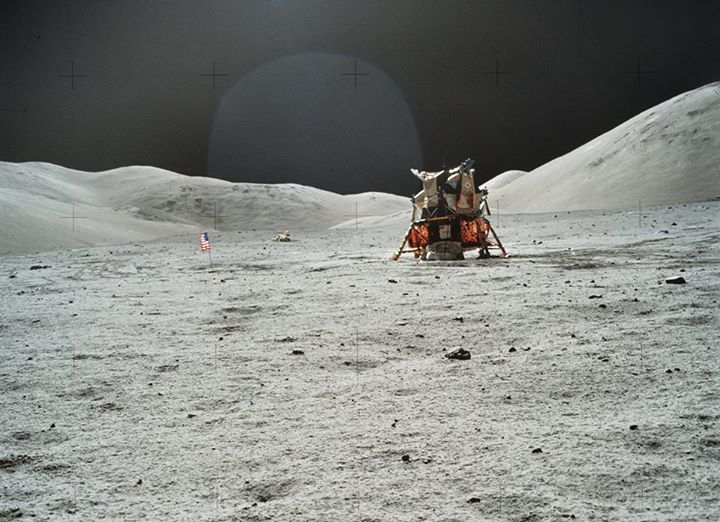
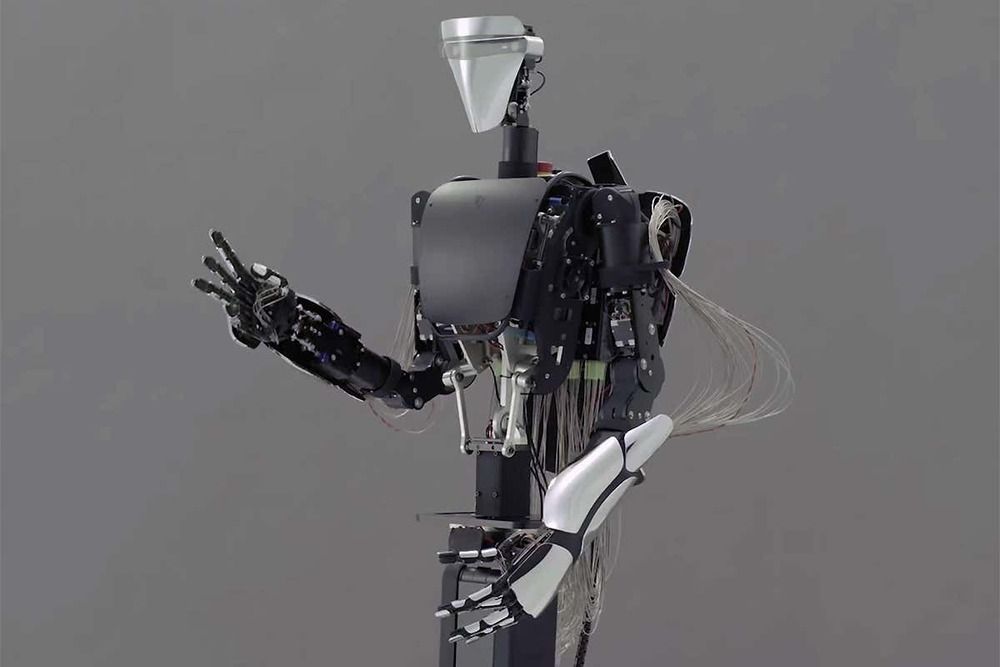
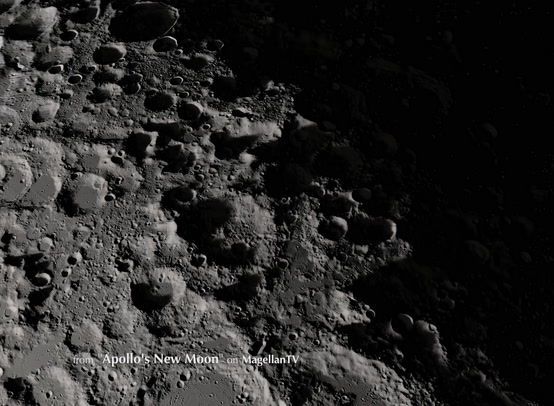
Watch three astronauts launch to space on the 50th anniversary of the Apollo 11 Moon landing
Going to space on a very important day.